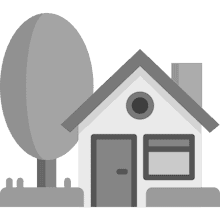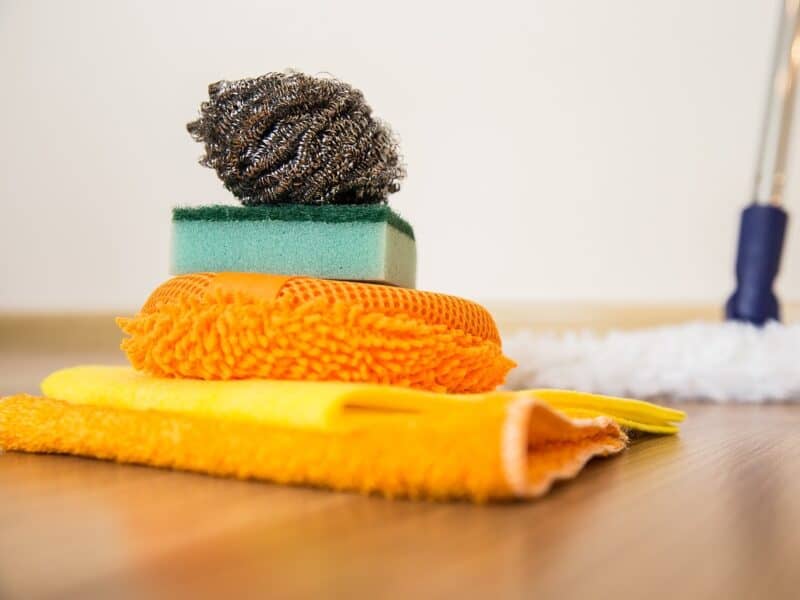
One of the reasons people often select hardwood flooring – aside from their natural beauty – is their ease of cleaning. In general, they require minimal maintenance and are very easy to clean on a regular basis. However, correct methods of cleaning and care are important to ensure that the timber floors retain their natural sheen and beauty for many years to come.
The First Step to Cleaning Timber Floors…
Before you do anything else, give your floors a thorough vacuum. This will remove any surface debris and grit, which not only look “dirty” but will also act as fine abrasives and scratch the floor’s surface, resulting in a dull appearance which no amount of cleaning and elbow grease will be able to change.
Make sure you vacuum or dust mop your Timber Floors at least once a week. This can then be followed by a damp mop.
Mopping Hardwood Floors
Beware – damp mopping is very different from wet mopping and the difference is crucial to wood flooring. With damp mopping, the mop is only wet slightly, by dipping it in the bucket and then wringing it until it is almost dry. Go over the floor once, then rinse the mop, wring dry and go over the floor again.
The double mop is important as the first time dislodges and dissolves the dirt while the second mop removes it. To get an additional shine, you may like to follow this with buffing the floor completely dry with a towel.
In general, you should never wet mop timber floors, especially if they are pre-finished or pre-sealed before installation. If water is allowed to seep into joints and seams or penetrate the wood itself, it will cause warping and irreparable damage.
In fact, if a floor has worn patches where the finish has been damaged, do not use water at all as the liquid can easily penetrate the timber.
Suitable Cleaners for Wood Flooring
While there are now many commercial cleaners available, it is actually possible to do a very good job with just a solution of hot water and clear vinegar or another low pH (acidic) cleanser, especially if you have pre-sealed timber floors.
If you do decide to purchase a commercial floor cleaner, make sure you read the label thoroughly and ensure that it is suitable for hardwood floors. If it does not specify this, do not use it.
Spills on Timber Floors
If there has been a bad spill or Stain or Heavy Soiling, you will need to act quickly and wipe the area with a damp, soft cloth, using as little water as you can. Make sure that you always follow with a dry cloth so that as much moisture is removed as possible.
A general rule to follow is to always keep hardwoods and their finishes as free from moisture as possible and this is especially important if you have a wax finish. Therefore, always act immediately to clean up a spill or puddle.
Timber Floor Finishes
Most timber flooring is protected by a surface finish in polyurethane, which gives the floors a glossy appearance, is extremely hard-wearing and protects the wood from moisture. These seldom require more than a final buff with a dry towel or soft cloth to restore the shine to your floors.
Alternatively, some timber floors may be finished with a coat of wax or oil which penetrates the wood and thus ‘protects from within’. If you know that your hardwood flooring has been waxed, be very careful about the kind of cleaning product you use – never use one which contains or requires water.
Also, be aware that if wax or polish is used regularly, you may have problems with adhesion when the time comes to re-finish your timber floors.
Last Tip…
High heels can leave permanent gouges and marks which no amount of cleaning and buffing will remove! So it may be best to leave your shoes off indoors and ask any high-heeled guests to remove their shoes at the door.


